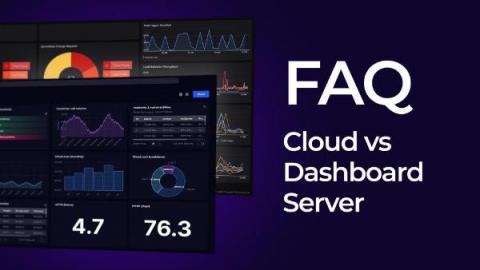SCOM MI reporting - New SquaredUp Plugin
As you may have heard, Microsoft has just released the highly anticipated SCOM Managed Instance (SCOM MI) – cloud-hosted SCOM. In conjunction with this, we have launched a plugin for SquaredUp that lets you connect straight into SCOM MI and pull all the monitoring data you need!











